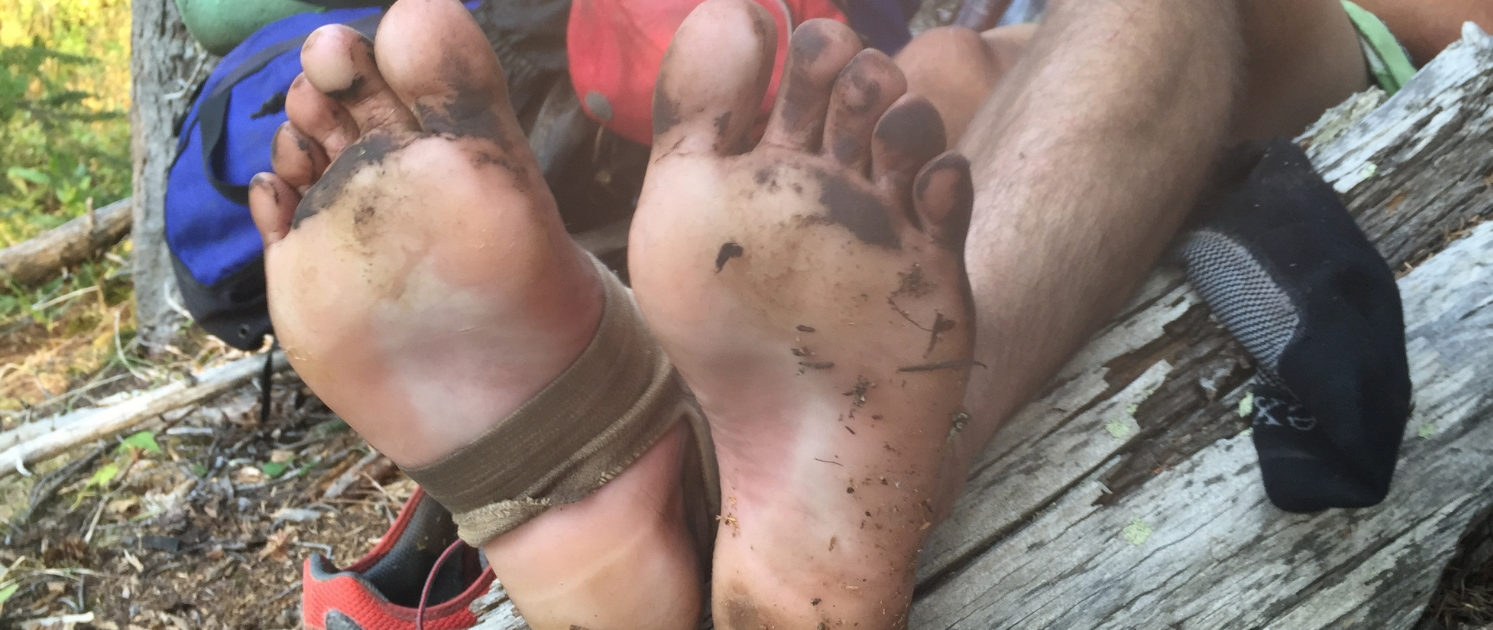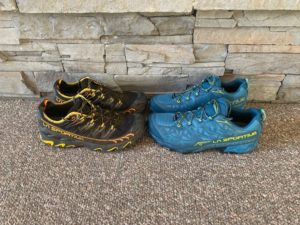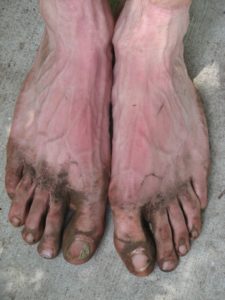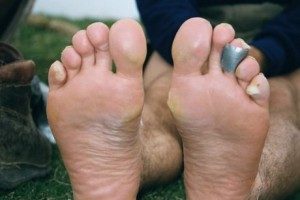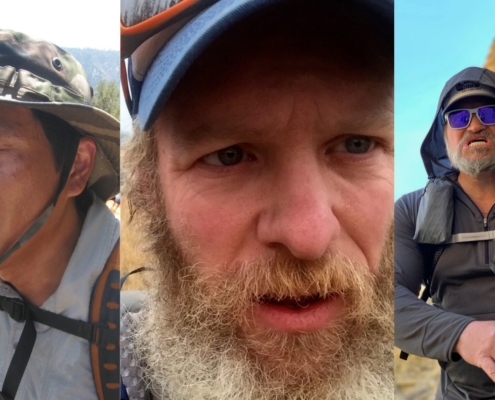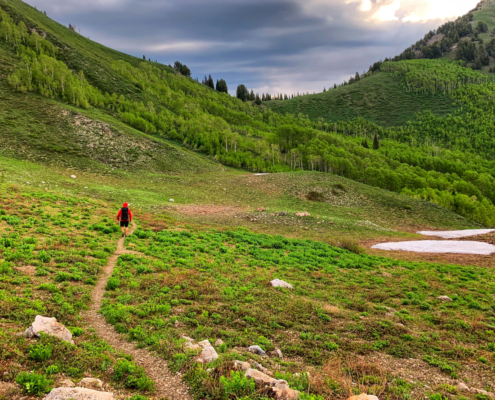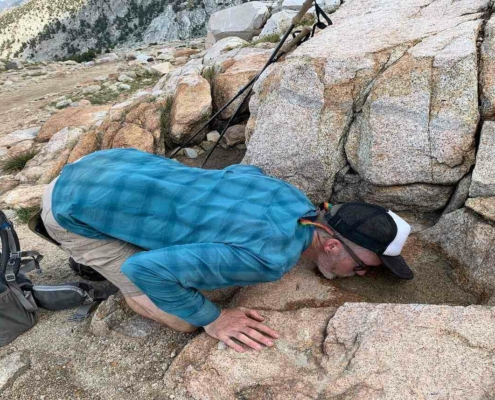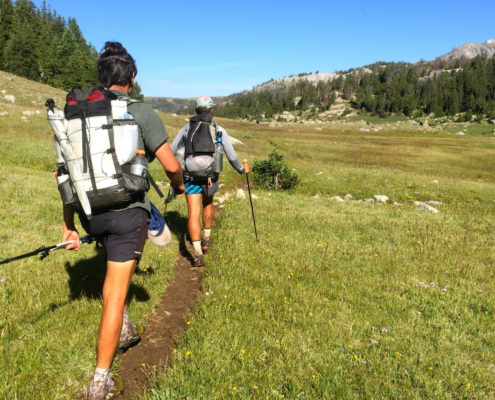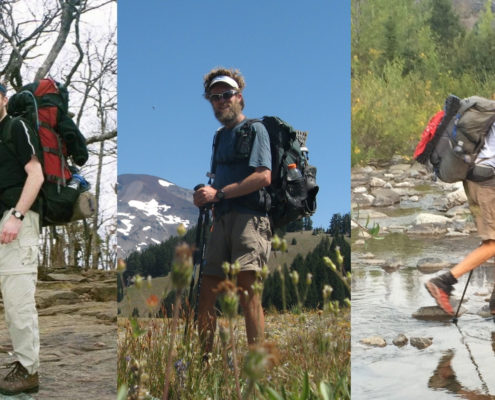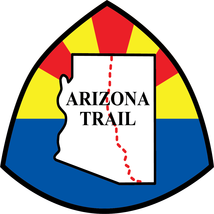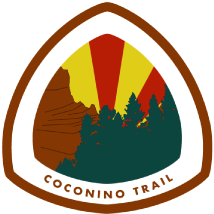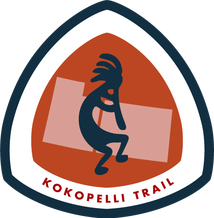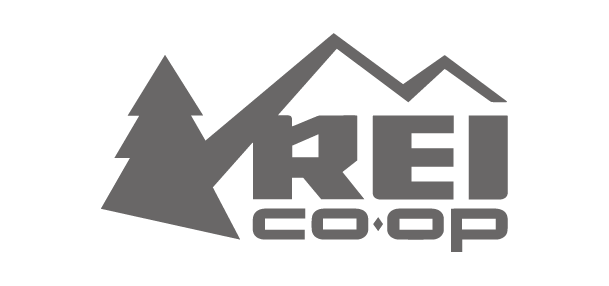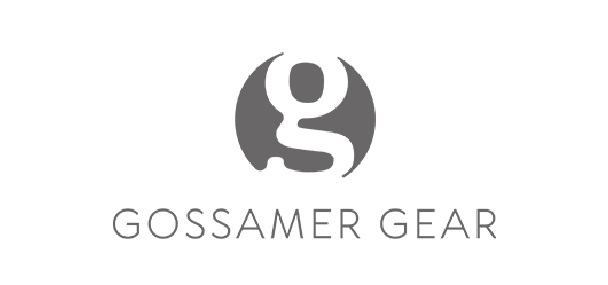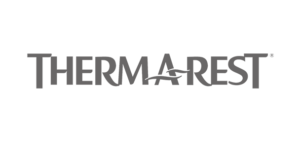Treatment
To treat a blister, dermatologists recommend the following:
-
- Cover the blister: Covering a blister with a bandage should be done loosely. You can fold under the edges of the bandage so that the middle of the bandage is a little raised.
- Pad the blister: If your blister is in a pressure area you need to add padding. Use padding to make a donut to place around the blister. Finally cover the entire area with a bandage.
- Popping or draining blisters can lead to infection, avoid if possible. If your blister must be popped or drained to continue your hike, draining may be your only option. See steps to properly preform this below.
If you determined the best course of action is to pop and drain your blister, you should first check for signs of infection. If your blister is oozing yellow or green pus, becomes swollen or inflamed, and call/see a doc. If there are no signs of infection, foll0w the below steps:
- Wash your hands & blister – Don’t half ass the job, use lots of soap and water. Use rubbing alcohol or iodine on the blister.
- Sterilize a needle – A pin or small needle works great. Be sure to sterilize it first with rubbing alcohol and a clean swab.
- Puncture the blister on the side in several spots. Puncture the blister at its edge. Catch the draining fluid with a clean piece of gauze or cotton.
- Apply antibiotic ointment. Place gauze or an adhesive bandage over the area treated with antibiotic ointment. Secure with medical tape.
- Wait 2-3 days. Cut away and remove any dead skin. Be sure to sterilize the scissors or tweezers and use rubbing alcohol to keep the area clean.
- Repeat step no. 4. Apply clean bandages and antibiotic ointment until healed.
Be sure to watch for signs of infection as your blister goes through the healing process. If you notice redness, pus, or suffer from increased pain or swelling, see a doctor.
Items you’ll need:
Gauze Bandages
Padding
Medical tape
Rubbing alcohol or Iodine
Gauze
Adhesive bandages
Antibiotic ointment
Scissors
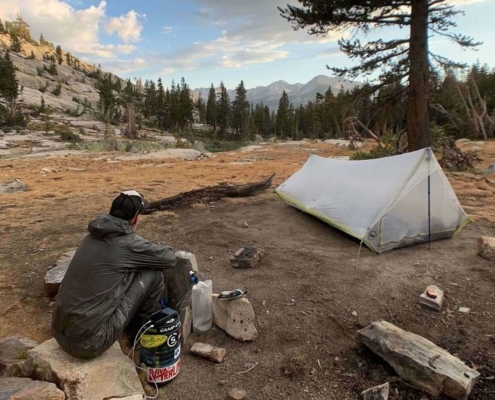 https://oneofsevenproject.com/wp-content/uploads/2020/04/rsz_1untitled_design_83.jpg
857
1493
Craig Fowler
http://oneofsevenproject.com/wp-content/uploads/2017/01/1of7-logo-lockup-grey-1132x212-300x56.png
Craig Fowler2020-04-21 12:02:372024-11-28 10:36:00How to Pick the Perfect Campsite
https://oneofsevenproject.com/wp-content/uploads/2020/04/rsz_1untitled_design_83.jpg
857
1493
Craig Fowler
http://oneofsevenproject.com/wp-content/uploads/2017/01/1of7-logo-lockup-grey-1132x212-300x56.png
Craig Fowler2020-04-21 12:02:372024-11-28 10:36:00How to Pick the Perfect Campsite
